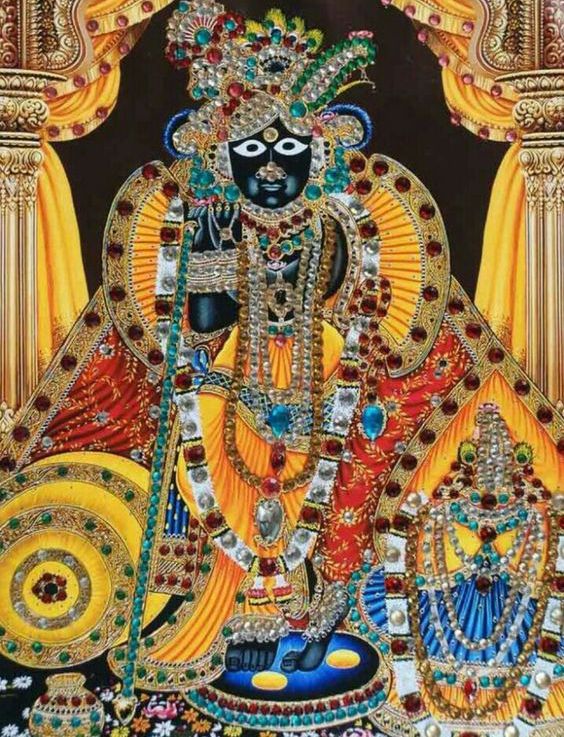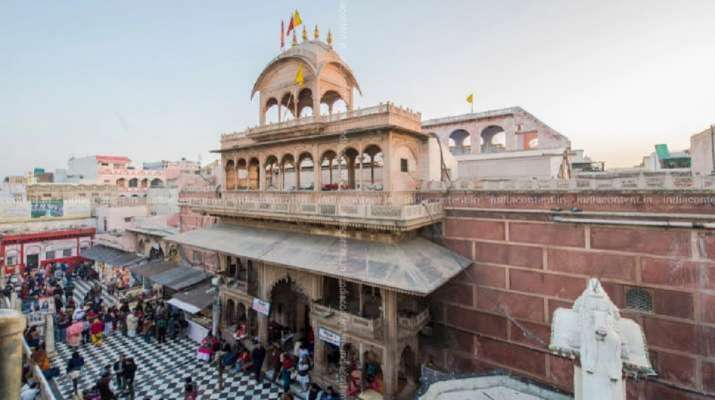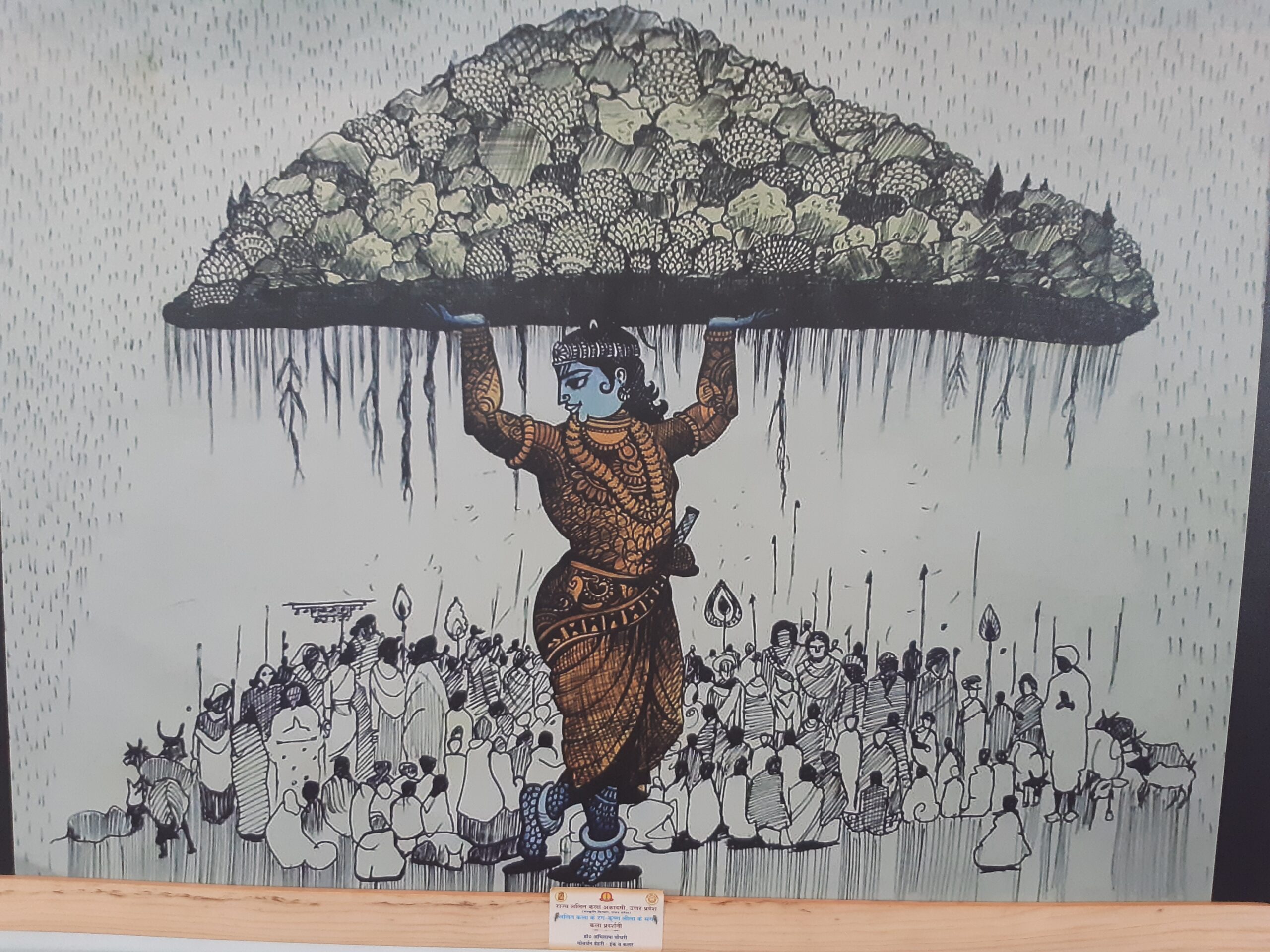- the native of Vrindavan has been alienated from the Banke Bihari Temple
- Concerns on the disrupted access in emergency situation
- Lack of clarity in making plans to control the crowd management
2023.08.17 (Vrindavan Today News): It looks like the State Government is adamant in making the Banke Bihari Corridor, ignoring the other available options. It is said that the government counsels have prepared themselves for the next hearing in the Allahabad High Court where the case is pending for the hearing. The Government will stress to pave the way for building the corridor. Locals claim the ethos of Vrindavan lies in the ‘Kunj galis’ i.e the narrow lanes not in the proposed corridor.

Every year, devotees from around the world flock to the famous temple of Banke Bihari in Vrindavan, seeking mercy and blessings from the Lord. Before, the devotees from around the country crowded for the darshan of Banke Bihari on the special occasions such as the Hariyali Teej and Mangala Aarati. These days it has become an affair of every weekend and the holidays. The people from Delhi – NCR and the adjacent places visit Vrindavan on every holiday, making the town congested with their cars and the E-rickshaws to facilitate them. The overcrowding and the traffic menace is so serious that has left local residents stranded and has also disrupted access in the emergency situations.
It was only in last year the overcrowding in the premises of the Banke Bihari temple took lives of two devotees in a stampede like situation. The overcrowding turned fatal for the devotees during the Mangalarati darshan on the occasion of Shri Krishna Janmashtami. A 65 years old man and 55 years old woman died and seven more people injured in that accident.
The tragic incident brought significant changes to the temple’s crowd management and visitor experience. The incident not only raised questions about crowd control but also left the natives feeling somewhat alienated.
Amidst the ongoing legal battle over the construction of a corridor to regulate crowds, the management of Banke Bihari Temple has undergone a dramatic transformation. It is now crucial to determine whether the number of visitors on regular days matches the surge during major festivals, weekends, and holidays. This implies that the temple’s overwhelming influence extends far beyond its physical presence in the hearts and minds of people.
Following a tragic incident during last year’s Janmashtami celebrations, the responsibility for ensuring a safe and orderly darshan (viewing) experience fell into the hands of the District Administration. Within a year, the administration converted nearly half a square kilometre of the temple vicinity into an experimental area. This transformation led to not only the inconvenience of local residents but also introduced new regulations for devotees.
During the upheaval, a section of devotees resorted to unauthorized VIP darshans, undermining the sanctity of the temple’s rituals. While barricades have been erected to control crowds in and around the temple, their necessity on ordinary days raises questions. The residents question the need of barricade in the ordinary days when there isn’t a crowd. The lack of clarity in the new arrangements is evident.
Under the new system, the main temple doors remain closed for half an hour during Rajbhog and Shayna Bhog (mealtime and resting time), causing unnecessary congestion in narrow lanes. Devotees are restricted from accessing the Jugal Ghat, VIP Road, and the Three-Number Gate areas. This restriction has left local residents stranded and has also disrupted access in emergency situations.
Despite demands, neither the administration nor the devotees have reached a consensus on online darshans. While the City administration is focussing on creating corridors and controlling crowds, they have not addressed the widening of congested lanes or improved visitor facilities. Even after years of effort, the half-finished hall intended to increase the capacity of the courtyard before Lord Banke Bihari remains unused.
The current security measures have not only distanced local residents from the temple but have also failed to offer outsiders any hope. Consequently, the arrival of outsiders during the Hariyali Teej festival was significantly lower.
To mitigate issues during the Janmashtami Mangla Aarti darshan, a VIP pass system was introduced. Only a selected few, including the Goswami families, their patrons, administrative officials, and a few privileged individuals, were allowed to view the once in a year Mangala Arati of Shri Banke Bihari.
Improvements in temple management are a collective responsibility. However, progress in this direction has been slow. All the stakeholders need to work together to implement meaningful changes. It is essential to balance tradition, current circumstances, and available resources to ensure the welfare of both the visitors and the natives.





